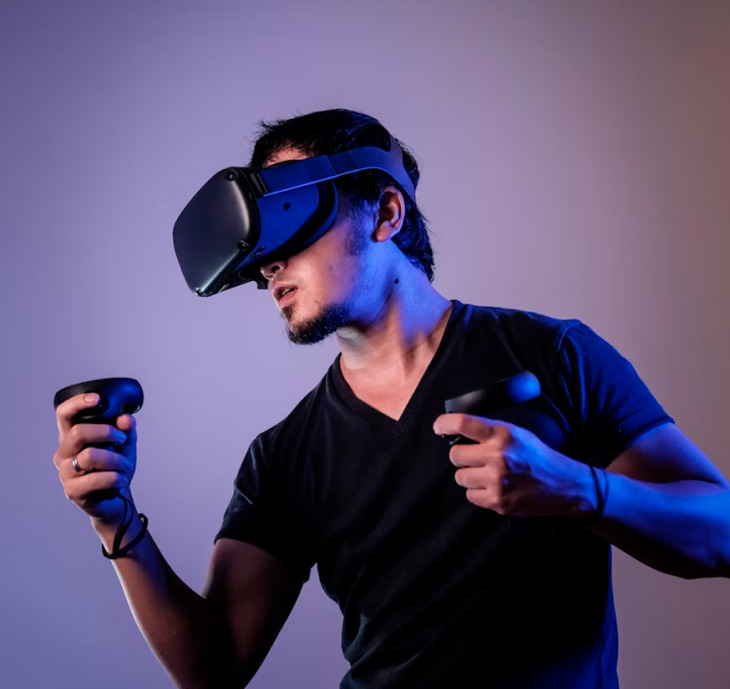The acquisition of skills and knowledge without conscious effort is an astonishing ability of our brain, and the key to this lies in implicit learning. In this article, we will explore how implicit learning can improve diversity, equity, and inclusion (DEI) training through virtual reality and neuroscience, providing companies with an innovative and transformative approach to build more inclusive and empathetic cultures.
What is tacit knowledge?
Tacit knowledge, also known as implicit knowledge, is an integral part of implicit learning. It consists of those skills and knowledge that we possess but find difficult to explain or consciously convey to others.
Tacit knowledge is especially relevant in the context of diversity, equity, and inclusion, as our attitudes and behaviors towards diversity are largely shaped by this type of knowledge ingrained in our experiences and culture.
The power of implicit learning
Implicit learning allows us to acquire skills and knowledge unconsciously, simply by exposure to patterns and regularities in our environment. Unlike explicit learning, which requires conscious effort, implicit learning operates at a subconscious level.
This form of learning is essential for developing an inclusive and understanding workplace as it helps us adapt to social norms and rely on our intuition for decision-making.
Let’s look at some examples of skills and knowledge we acquire implicitly:
- Interpreting nonverbal cues: Have you ever instinctively adapted your behavior to fit the nonverbal signals of a particular social environment? That’s implicit learning in action. Our brains are excellent at picking up social norms, customs, and etiquettes without any formal instruction. This is particularly crucial for fostering inclusivity and understanding in diverse work environments.
- Trusting our intuition: Implicit learning contributes to our intuition and our ability to make quick decisions based on past experiences. Imagine you’re in a crucial business meeting, and your intuition guides you towards the best course of action to take. That’s implicit learning supporting your decision-making process.
Virtual Reality and Implicit Learning
Virtual reality is a powerful tool for enhancing implicit learning. By creating virtual environments that mirror real-world situations, we can immerse users in immersive and contextual experiences that allow them to organically acquire skills and retain knowledge more effectively.
Furthermore, virtual reality offers the opportunity to repeat and practice situations as many times as necessary, strengthening the neural circuits associated with implicit learning and ensuring a more lasting retention of the lessons learned.
Applications of Implicit Learning in Virtual Reality: Education
In the educational field, virtual reality can be designed to enhance implicit learning in a wide range of disciplines.
Students can explore virtual environments, interact with virtual objects and people, and learn in a practical and experiential manner. Virtual reality is particularly effective for language learning, teaching technical skills, and training in emergency or risky situations.
Some examples of successful applications include language learning, teaching technical skills, and training in emergency or risky situations.
Applications of Implicit Learning in Virtual Reality: Workplace Environment
In the business and professional world, virtual reality offers valuable applications for training programs. Through virtual reality simulations, employees can implicitly learn specific job skills and improve their development in social skills such as leadership, communication, and teamwork.
- Specific job skills: Virtual reality simulations can immerse employees in real work scenarios, allowing them to implicitly learn and practice specific job skills.
- Development of social skills: Training in social skills like leadership, communication, and teamwork can be enhanced through virtual reality experiences that promote implicit learning in social contexts.
DEI Training through Implicit Learning
In the realm of diversity, virtual reality can be used to sensitize employees to the importance of inclusion and equity in the workplace.
In DEI training, virtual reality can be employed to create realistic and challenging scenarios that allow participants to experience discrimination, bias, or exclusion from different perspectives. By safely and virtually facing these situations, users can develop greater empathy and understanding towards others’ experiences, fostering positive change in organizational culture.
By using virtual reality as a training tool, we can go beyond mere explicit instruction and provide a meaningful and transformative learning experience. Participants can put themselves in others’ shoes and directly experience exclusion or inequality situations, allowing them to internalize the importance of inclusion and empathy on a deeper level.
Conclusion
Implicit learning is a powerful tool for enhancing the acquisition of skills and knowledge without conscious effort. When combined with the transformative technology of virtual reality, as Kiin does, we can elevate the level of DEI training, creating deeper, more meaningful, and transformative learning. With neuroscience and virtual reality on their side, companies can drive positive change in their organizational cultures and society as a whole. The combination of implicit learning, virtual reality, and neuroscience represents the future of DEI training, opening doors to a more inclusive, empathetic, and equitable world for all.






